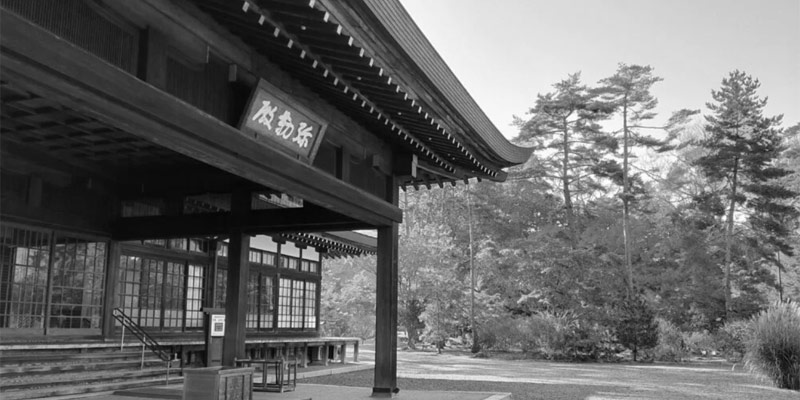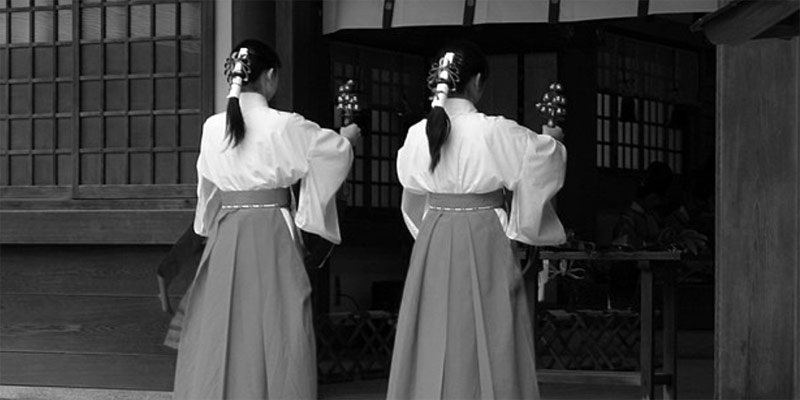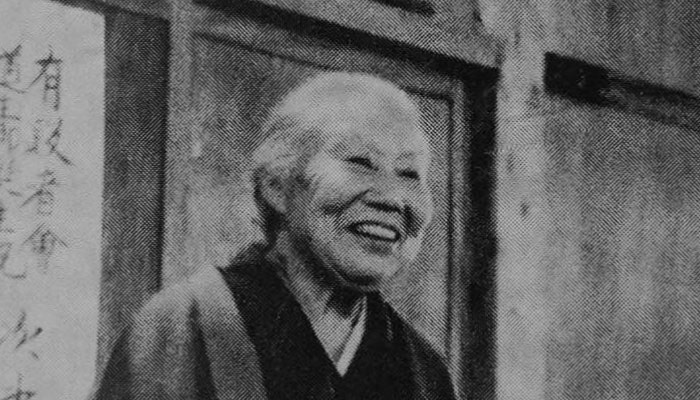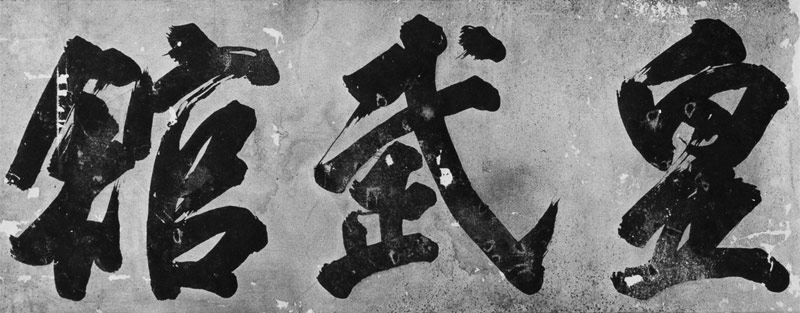-
Roots in Tanabe: The Childhood and Heritage of O Sensei
O Sensei, Morihei Ueshiba 植芝盛平, was born on December 14, 1883. His official family registry was at Nishinotani Village 西ノ谷村, Nishimuro-gun 西牟婁郡, Wakayama Prefecture 和歌山県. The village was incorporated into Tanabe Town 田辺町 in 1924, and later became part of Tanabe City 田辺市 in 1942. At the time of his birth, Tanabe was the seat of the Ando clan 安藤氏, retainers of the Tokugawa family 徳川氏 of Kishu 紀州. O Sensei’s father was named Yoroku 与六, and his mother was Yuki ゆき. It is said that the Ueshibas had their roots in Misu 三栖, and that O Sensei’s great-grandfather was the first of the family to move to Tanabe. Today’s…
-
Morihei Ueshiba, Onisaburo Deguchi, and the Second Omoto Incident
The Second Omoto Incident 第二次大本事件, which occurred in 1935, was a significant event in Japan’s modern history, involving the suppression of the Omoto religion by the Japanese government. Founded by Nao Deguchi 出口直 in the late 19th century, the Omoto religion combined elements of Shinto 神道 and other beliefs, promoting peace and universal harmony. It was led by Nao’s son-in-law, Onisaburo Deguchi 出口王仁三郎, a charismatic figure with ambitious visions for world peace and universalism. Omoto attracted followers nationwide; however, the religion’s perceived unconventional teachings and political influence attracted the scrutiny of the Japanese government, which led to the first major suppression in 1921, known as the First Omoto Incident 第一次大本事件.…
-
The Rise of a New Religion That Shaped Aikido and Sparked the First Omoto Incident
In the early 20th century, Japan witnessed the rise of Omoto 大本 (commonly called Omoto-kyo 大本教, though the formal name omits the “kyo” meaning religion). Its teachings significantly influenced the development of Aikido. Morihei Ueshiba, the founder of Aikido, was known to be a devoted follower of Omoto. However, the religion’s perceived unconventional teachings and political influence attracted the scrutiny of the Japanese government. The first major suppression of Omoto occurred in the early 1920s, marking a turbulent chapter in its history. Omoto-kyo, often considered a new Japanese religion with roots in Shinto 神道, was founded by Nao Deguchi 出口直. Nao, an ordinary housewife from the small town of Ayabe,…
-
Hatsu Ueshiba: The Most Important Woman Behind the Birth of Aikido
Hatsu Ueshiba 植芝はつ, the wife of Morihei Ueshiba, played a vital role in supporting her husband’s martial arts journey and the establishment of Aikido. Born in 1885 in Wakayama Prefecture 和歌山県, Japan, Hatsu was originally named Hatsu Itokawa 糸川はつ. The Itokawa family descended from the Kai Takeda 甲斐武田 clan, whose lineage traces back to Emperor Seiwa 清和天皇, the 56th emperor of Japan. Morihei’s mother, Yuki ゆき, also hailed from the Itokawa clan. Hatsu was two years older than Morihei, and they grew up together as childhood friends. Morihei married Hatsu when he was only 18, shortly before enlisting in the army. The timing of their marriage seems unusual, and the…
-
A Journey of Naming: From Daito Ryu to Aikido (Part I)
Aikido, renowned for its philosophy of harmony and non-resistance, has a rich history that traces its roots back to Daito Ryu Jujutsu 大東流柔術. During the evolution of Aikido, Ueshiba used various names for his art before settling on the term “Aikido 合気道”. Ueshiba had studied multiple martial arts, including Tenjin Shinyo Ryu 天神真楊流, Kito Ryu 起倒流, Yagyu Shinkage Ryu 柳生新陰流, and Judo 柔道 before encountering the martial arts master Sokaku Takeda 武田惣角. In 1915, Ueshiba came across Takeda during his exploratory journey in Hokkaido 北海道. Astonished by Takeda’s knowledge and techniques, he swiftly decided to become Takeda’s disciple. The following year, Ueshiba established a dojo in Shirataki 白滝村 and invited…
-
O-Sensei’s Aliases: Moritaka and Tsunemori Ueshiba
Beyond his birth name Morihei Ueshiba 植芝盛平, O-Sensei used two other names, Moritaka Ueshiba 植芝守高 and Tsunemori Ueshiba 植芝常盛, during his lifetime. Moritaka Ueshiba was a name that Ueshiba often used in his 40s and 50s after his trip to Mongolia in 1924. The journey to Mongolia took place approximately three years after the First Omoto-kyo Incident, during which Japanese authorities suppressed Omoto-kyo by raiding their headquarters and arresting its leader, Onisaburo Deguchi 出口 王仁三郎. Deguchi, along with a group of his disciples, including Ueshiba, embarked on an expedition to Mongolia with the ambition of establishing a new religious kingdom there. The Omoto-kyo believes in Bankyo Dokon 万教同根, the concept…
-
Breaking Barriers: The Pioneering Women of Aikido
Japan has a rich history of women practicing martial arts. Women of the samurai class learned naginatajutsu as part of their education and self-defense training since the Edo period (1603-1867). There are also records of women practicing kenjutsu, ko-tachi 小太刀, kusarigama 锁镰, and other weapon arts, but taijutsu was relatively uncommon. However, the situation began to change in the early 1900s when martial arts such as Judo became a regular part of school curriculums. In 1919, Ueshiba met Onisaburo Deguchi 出口王仁三郎, the founder of the Omoto 大本教 religion in Ayabe 府綾 Kyoto. The following year, Ueshiba moved his family to Ayabe and joined Omoto. Deguchi encouraged Ueshiba to pursue budo…






